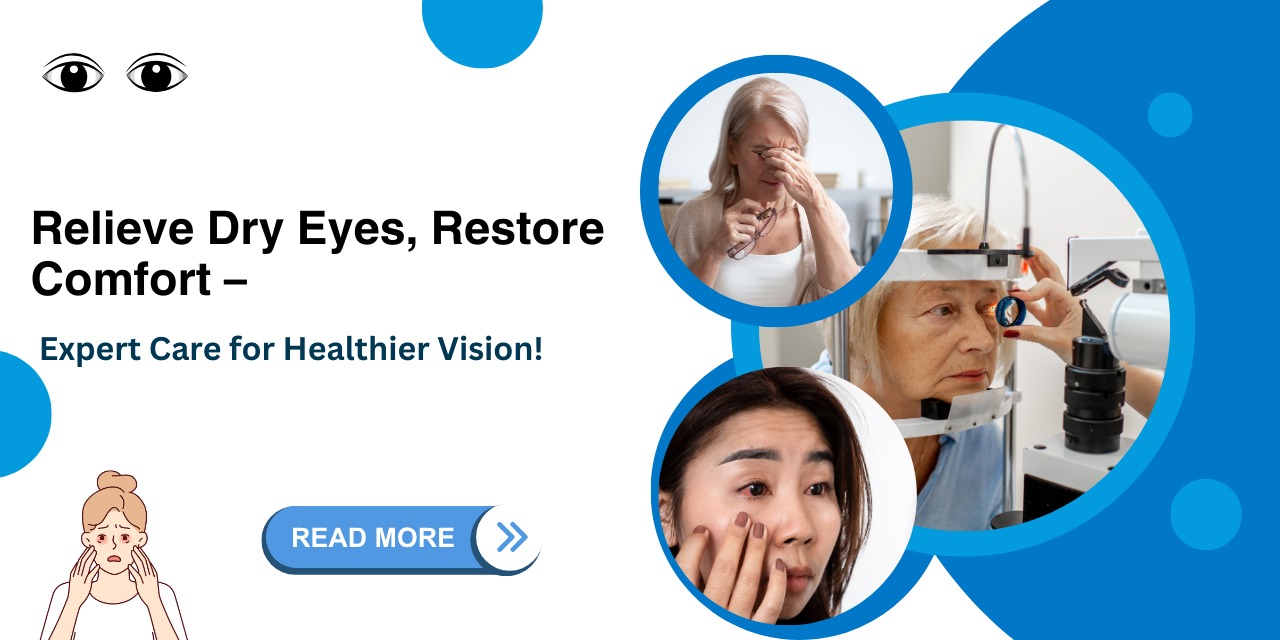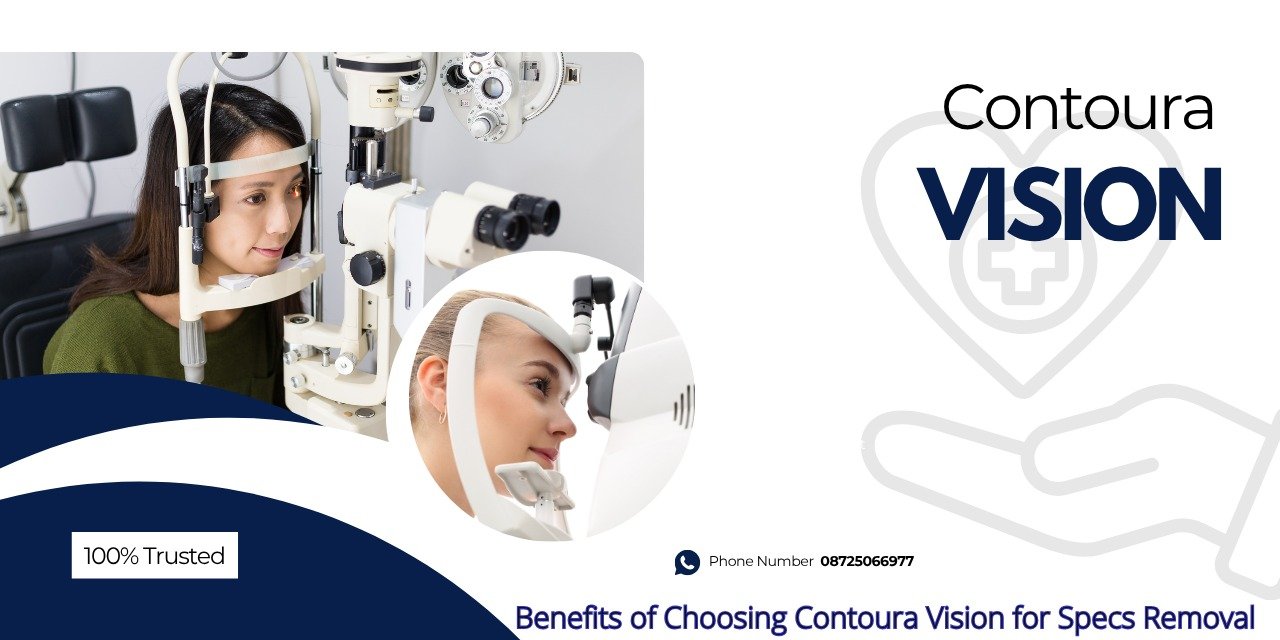Dry Eye Syndrome is a common condition that affects millions of people worldwide. It occurs when the eyes do not produce enough tears or when the tears evaporate too quickly. This can lead to discomfort, irritation, and even vision problems if left untreated. Understanding the causes, symptoms, and treatment options can help you manage this condition effectively and maintain good eye health.
Causes of Dry Eye Syndrome
Several factors can contribute to dry eye syndrome, including:
👉Aging – As we age, tear production naturally decreases, making older adults more prone to dry eyes.
👉Screen Time – Prolonged use of computers, smartphones, and televisions can reduce blinking, leading to faster tear evaporation.
👉Environmental Factors – Wind, smoke, air conditioning, and dry climates can cause tears to evaporate quickly.
👉Medical Conditions – Diabetes, arthritis, thyroid disorders, and other systemic diseases can lead to dry eye syndrome.
👉Contact Lenses – Long-term use of contact lenses can reduce natural tear production.
👉Medications – Certain medicines, such as antihistamines, antidepressants, and blood pressure medications, may cause dry eyes as a side effect.
Symptoms of Dry Eye Syndrome
Dry eyes can cause a variety of symptoms, including:
- A stinging or burning sensation in the eyes
- Redness and irritation
- Sensitivity to light
- Blurred vision
- Feeling like something is stuck in the eye
- Watery eyes (a response to dryness)
If you experience any of these symptoms persistently, it is essential to seek professional eye care in Panchkula to prevent further complications.
Effective Treatments for Dry Eye Syndrome
The good news is that dry eye syndrome can be managed effectively with various treatments. Depending on the severity of your condition, an eye specialist may recommend the following:
➤ Artificial Tears and Eye Drops
Over-the-counter artificial tears help lubricate the eyes and relieve discomfort. If the condition is severe, prescription eye drops may be recommended to boost tear production.
➤Lifestyle and Environmental Changes
- Reduce screen time and take frequent breaks while using digital devices.
- Use a humidifier to maintain moisture levels in your home or workplace.
- Wear sunglasses outdoors to protect your eyes from wind and UV rays.
- Stay hydrated and maintain a healthy diet rich in omega-3 fatty acids.
➤ Medications and Procedures
- Anti-inflammatory medications, such as cyclosporine eye drops, can help reduce inflammation and improve tear production.
- Punctal plugs (tiny devices inserted into the tear ducts) help retain natural tears for longer periods.
- Intense Pulsed Light (IPL) therapy and other advanced treatments are available for severe cases of dry eye.
When to See an Eye Specialist
If you are experiencing persistent dry eye symptoms, it is crucial to consult an experienced eye doctor. Ignoring the condition can lead to eye infections, corneal damage, and long-term vision issues. Read More
Conclusion
Dry Eye Syndrome is a manageable condition, but early diagnosis and the right treatment plan are crucial for maintaining eye health. If you are experiencing persistent dryness, irritation, or vision problems, don’t ignore the signs. Seeking expert care at Dr. Bakshi Gupta Eye Care Centre Panchkula can help restore comfort and improve your vision. Consult Dr. Neeraj Gupta, the best eye doctor in Panchkula, for personalized treatment options. Call 9501540132 to book your appointment today and take the first step toward healthier eyes.













